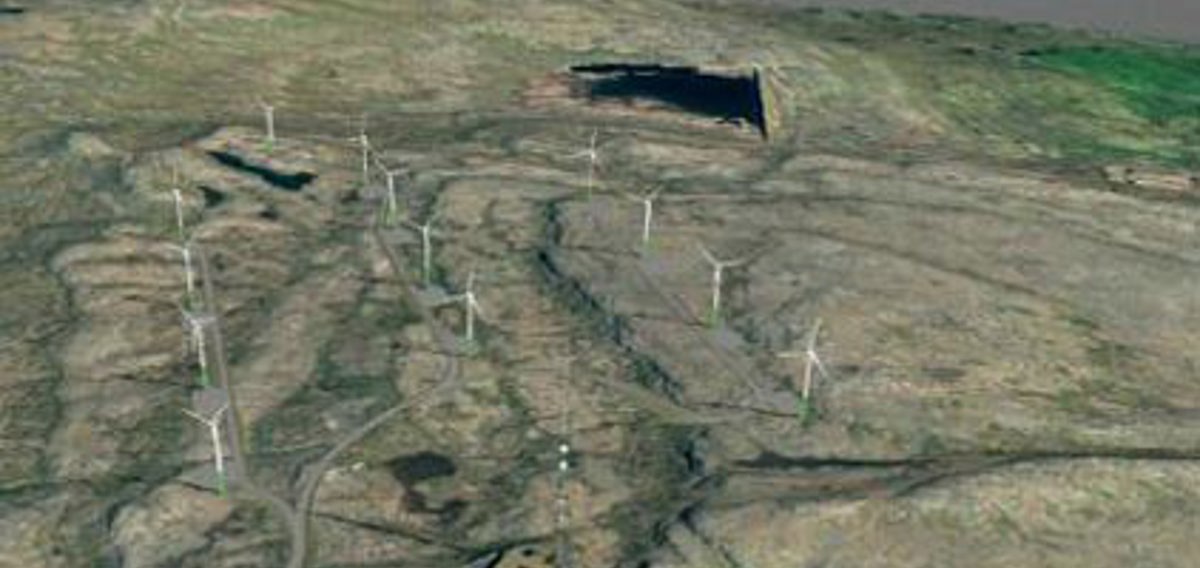New Report Recommends Solar Power and Wind Power

The report was handed over to Mrs Sirið Stenberg, the Faroese Minister of Energy, and is a solid foundation on which to base further steps towards 100 per cent sustainable energy onshore in the Faroe Islands by 2030.
The report has been prepared by the National Environment Agency in cooperation with Danish Energy and SEV and furthermore, analyses and simulations have been carried out by Ea Energy Analyses and Norconsult.
The scope of the report has been to consider sustainable energy sources, energy storage, stability of the power grid, economical simulations, technical challenges as well as energy demand - including the transition from fossil fuels to sustainable energy in transport and heating in the coming years. These are all issues that need to be addressed in the joint effort to reach the goal of 100 per cent sustainablity in 2030, hence the need for a detailed report on which to base future concrete steps on the road to 2030.
In short, the report concludes that investments should be made in expanding wind farms and solar power arrays within a five year span. After the five year interval a sensible step will be to build a pumped storage hydropower plant in Vestmanna.
The already planned investments in wind farms, battery storage and pumped hydropower storage in Suðuroy in 2019 and 2020 are encouraged and deemed sensible steps in the overall strategy of 100 per cent renewable energy in the Faroe Islands by 2030. In addition in 2020, an expected 18MW will come from a wind farm in Eiði, which has been put out to tender.
Roadmap
In the report, the time span 2018 – 2030 is divided into two periods of time. The first period comprises the next five years and the second period the seven years thereafter, respectively.
In the first period, focus needs to be on expanding the renewable energy sources of the strategy. I.e. wind turbines connected to battery systems and in addition, solar arrays that need to be installed to increase renewable energy in the summer time, when there may be insufficient precipitation and wind.
Moreover, the grid needs to be expanded in order to meet the increased demand that follows an increasing transition from fossil fuels to renewable energy sources in this period.
The report emphasises the need to keep up with innovative development in the field and how new and more viable solutions may be cause to revise the strategy, especially in regards to tidal power.
Tidal power is a very interesting alternative source of energy, but as of yet not sufficiently developed and therefore not considered an economically viable solution. Battery energy storage for long term storage is considered a future alternative storage solution, but not one that is economically viable in the immediate future.
